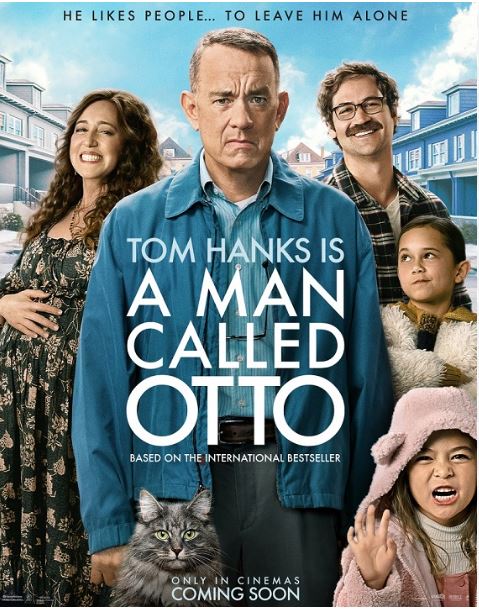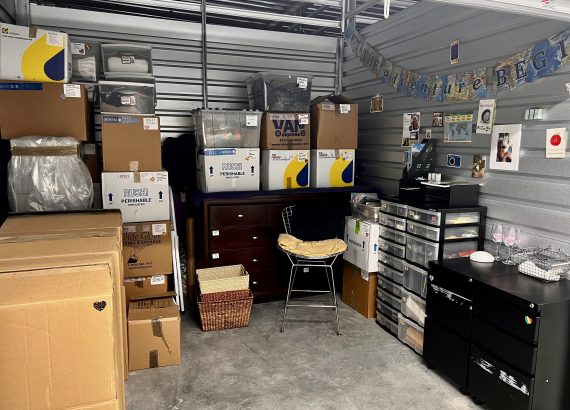Film Review: A Man Called Otto…. A story about small yet important wins in life
Having seen the trailer on Tom Hanks’ recent movie “A Man Called Otto”, it frankly did not pique my interest. I love Tom Hanks as an actor and a humanitarian, but I wasn’t sure I wanted to see a movie that reminded me of an older, grumpier Forrest Gump character. After 10 minutes of scrolling through movies to watch on Netflix and not finding anything that sparked my curiosity, I settled on what was familiar to me. Surprise, surprise, this movie is a gem and so inspiring as it touches on the complexity of human emotions and how it affects our humanity……
Storytelling….
What I love about movies and those that produced them is the uncanny ability to address a wide range of complex issues in just one story. Many times, this is done with both drama and humor in helping the audience relate to the characters and to better understand the story line. This movie does exactly that. It gradually draws you into experiencing the emotional journey of people much like us.
So, What About Otto?
Otto is a grumpy old man who is aging, has a heart problem, and is both devastated and isolated, having recently lost his wife. He no longer has any reason or desire to live. There are several incidents where he tries to commit suicide and fails miserably. It’s as if there is divine intervention keeping him from killing himself.
Besides mental health, death and aging, the movie also deals with recent changes in the neighborhood. You witness evidence of gentrification happening in Otto’s neighborhood, where a developer is slowly pushing people out at the same time that new residents are moving in. It is here that the movie gets interesting….. when unexpectably a Mexican family with two children and a very pregnant wife moves across the street from Otto. Marisol, the wife played by Mariana Trevino, is absolutely adorable, funny, engaging, and in some ways steals a little of Hank’s acting prowess who also delivers an exceptional performance. I would love to see her receive an Oscar nomination for the supporting actress role, as the chemistry between Otto and Marisol is memorable.
In the film, she is persistent as a pesky neighbor asking for help to where Otto no longer feels isolated and unwanted. As he overcomes his depression, he is able to let go of some of his manic behaviors rebuilding his relationships with his long-time neighbors who he barely talked to. Without giving away the ending too much, Otto becomes an adopted grandfather to Marisol and Tommy’s three children, forming the family he was unable to have. But there is more….
The story has many characters, including a transgender student that Otto’s wife taught, and befriended, and a Black couple who he was once very close to and had a falling out. There are several incidents, including an eviction, that forced Otto to forget his anger and care for his neighborhood. In watching these characters connect with each other, you witness a sense of community that today is being threatened or is lacking in so many neighborhoods. As a community development practitioner, I want to believe that these communities will continue to exist for the betterment of society and our humanity. As humans, we cannot only live for ourselves. We need to connect with others and create villages where we can get along and help each other. Only then can we deal with any crisis, such as the pandemic, the ravages of climate change, and displacement.
Final Note: I encourage you to watch this movie, share with others, but also talk about how to build better communities that can tackle life as it is. Movies have a way of connecting the dots to show us how the human spirit fights back and succeeds. Thank you, Otto and Marisol, for showing us the way.
“For more stories and photos like these, please click here to subscribe!“










No Comments